Secrets of growing blue chrysanthemums in the garden
Flowers that combine beauty and benefit are highly valued. Chrysanthemum also belongs to such plants. It not only decorates the garden, but also has a beneficial effect on human health, as it purifies the air.
Content
- Chrysanthemum: getting to know each other better
- How to plant a flower correctly
- How to care for a plant
Chrysanthemum: getting to know each other better
These colorful flowers have attracted genuine interest for over 3000 years. Plants are very popular in Japan. They are depicted on the coat of arms, coins and seals. Eastern sages say: "If you want to live happily, grow chrysanthemums."
A strange flower is successfully grown in our latitudes. It's cold outside, snow is falling, and chrysanthemums delight the eye with colorful inflorescences. With these decorative qualities, they have long won the hearts of gardeners. Plants belong to the Asteraceae family. They are bushes with a height of 60 to 150 cm.
Breeders have bred varieties that differ in the shape and size of the buds, and the timing of flowering.
Variety of species allows you to enjoy the splash of colors from August to the first frost. Natural shades of chrysanthemums - white, yellow, red, pink, orange. There are bicolor species when bright leaves are decorated with a white border.
Blue chrysanthemums do not occur naturally. An unusual color is given to plants using food dyes, sprays. It is easiest to change the shade of cut flowers for decorative purposes.
A variety of varieties of chrysanthemums allows you to decorate flower beds until late autumn.
How to plant a flower correctly
Garden plants are quite thermophilic. They will feel good on the dais, closer to the sun. In poor lighting, the shoots will stretch, the inflorescences will weaken. Adequate nutrients are essential for a lush bloom. Depleted, dense soil must be fertilized. Before planting chrysanthemums in the ground add rotted manure, compost, peat. A nutrient complex can be purchased.
Planting material is obtained from last year's bushes, which begin to "come to life" after winter.
The sprouts are divided so that each has its own root. A suitable period for planting is the second decade of May - early June. Choose a cloudy, rainy day. In hot weather, the best time is early morning or late evening.
Sequence actions when planting chrysanthemums:
- Dig holes 35-40 cm deep, maintaining a distance of 30 cm.If rows are formed, then 50 cm is left between them.
- Water the pits with plenty of water.
- Place drainage, soil with vermicompost (ratio 20: 1).
- Sprout and sprinkle with earth.
- Pinch the tops of the shoots to stimulate plant growth.
- For the first time, protect the bushes from direct sunlight with a damp cloth.
Planting chrysanthemums is a fairly simple task, which novice gardeners can also cope with.
How to care for a plant
Caring for chrysanthemums requires timely:
- Top dressing.
- Watering.
- Loosening the soil.
- Weed removal.
- Spraying against pests.
Flowers are quite demanding on the concentration of nutrients in the soil. Periodic feeding will provide normal bush development and abundant flowering.
Nitrogen, potash, phosphate fertilizers are presented on the shelves of specialized stores.It is recommended to add substances in the form of solutions. It should be borne in mind that it is better not to feed the chrysanthemum than to burn it.
In different periods of development of the bush, the need for water will be different.
Rooting cuttings need a lot of moisture. During the intensive growth of chrysanthemums, they also like high humidity. After bud formation, the need for liquid becomes less and continues to decrease until the end of flowering.
Weather conditions directly affect the amount of watering. In summer drought, sufficient soil moisture is an additional protection against pests.
Chrysanthemum affects:
- Ticks.
- Aphid.
- Caterpillars.
- Thrips.
- Snails.
- Root rot.
It is much easier to take preventive measures against parasites than to treat a diseased flower. Special preparations should be applied after every rain. "Fitosporin" will help against root rot. It is added to water for irrigation.
The most dangerous enemy of chrysanthemums is the caterpillar. Only one individual is capable of destroying several buds in one night. It is important to regularly inspect the bushes in order to notice the appearance of uninvited guests in time.
Time-tested pest control products:
- Aktara.
- Ratibor.
- Spark.
- Fitoverm.
- Actellic.
Proper care and prevention of diseases is the key to the health of flowers.
Chrysanthemums - beautiful flowers, which are rightfully considered the main decoration of the autumn garden. Taking proper care of them will definitely pay off handsomely.
More information can be found in the video.



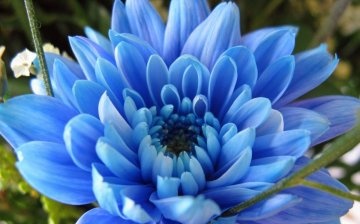
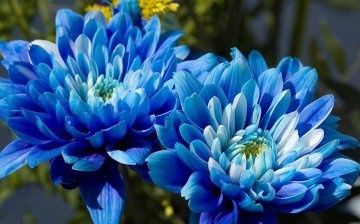
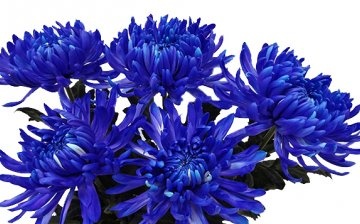





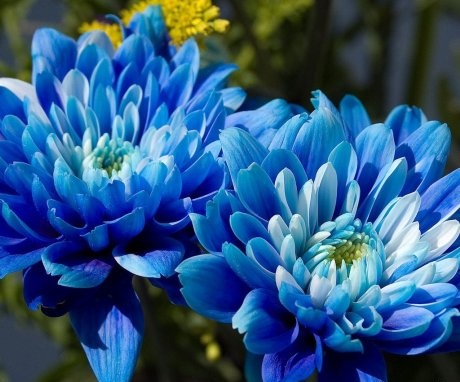
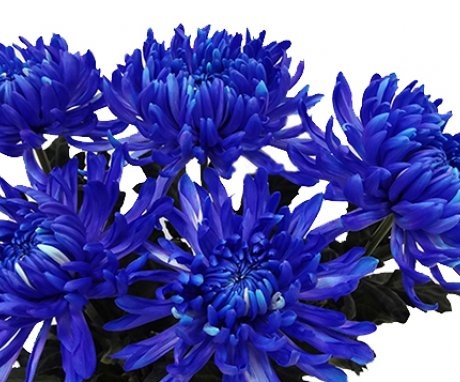

Thank you very much for the article, I have long wanted to plant these beautiful flowers in the garden. Just could you tell me whether they are very thermophilic and whether they can take root in the cold lands of Novosibirsk.
The article is wonderful, I didn't have any questions. I had such a case that the caterpillar ruined all the charm, that was the offense then. Someone to share their failures: S?